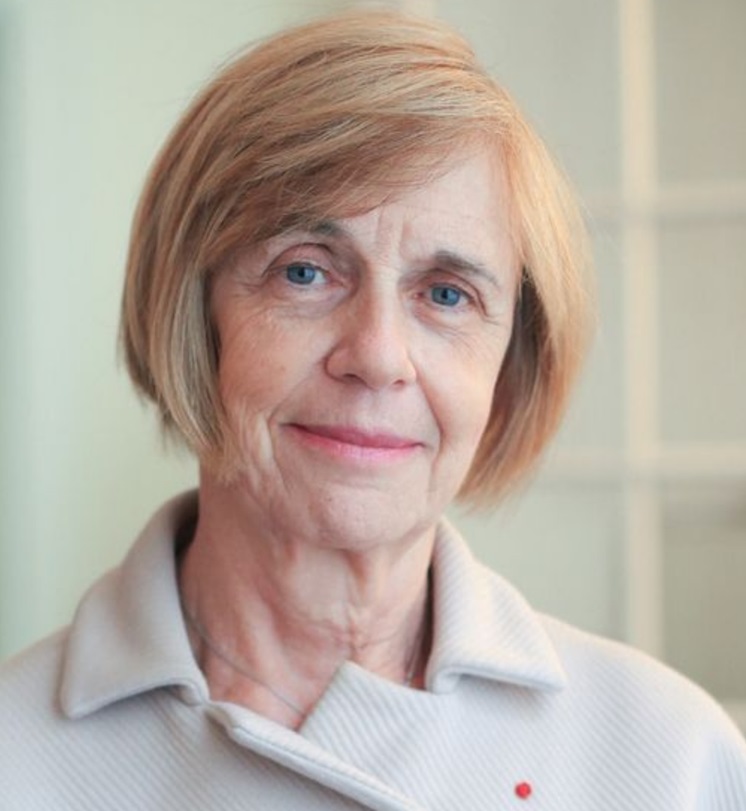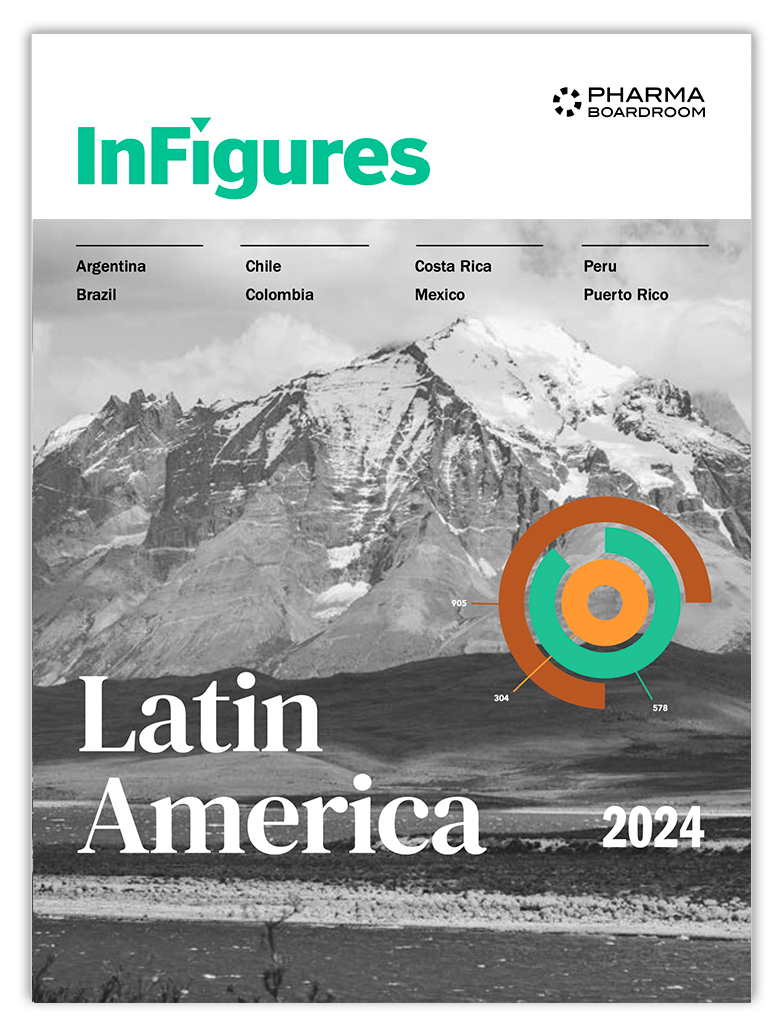Elizabeth Ducottet, the 5th generation CEO of French family company Thuasne, shares the group’s history and goes on to explain how it has evolved into a professionally and innovatively driven family business, leading the European wearable device sector.
Please introduce Thuasne and what makes the company a market leader in orthopaedic wearable devices.
Thuasne is today a market leader in France in several areas including spinal braces, orthopaedic braces, lymphological treatment, and we are second in medical compression stockings. The company was born in 1847 and hence boasts a history of more than 170 years. I am the fifth-generation family leader of Thuasne and my children with be the sixth generation. We started as a textile dedicated company until the 1930s, time during which my grandfather decided to launch elastic bandages for ulcer treatment. He then moved to launching more medical products, to eventually stopping all non-medical business activities.
Pharmaceuticals have been around for a long time now, but the term “medical device” is relatively new in comparison. Only recently have these products been considered in a modern sense and the regulatory environment is only around 20 to 30 years old. Today, medical devices are part of therapeutic treatment offering a broad range of functions. Thuasne has a very unique compression therapy with our products as one of many methods for treating a variety of conditions.
Within our sector, we are dedicated to pharmacies and O&P shops (orthopaedic and prosthetic shops) for our products. The balance across our markets depends on which delivery point is the most significant in each country. Over the years we have developed our product portfolio and today hold more than 50 active patents worldwide. The creation of innovation and new medical devices within the compression treatment scope is Thuasne’s core business priority. We have our own factories all over the world and each Thuasne product is produced internally, something uncommon within our sector. Thuasne has two factories in the US, two in Germany, five in France, and so on. We conceive, develop, patent, manufacture, market, and distribute all of our own products – affirming Thuasne as a fully integrated group. Each year we invest millions into our R&D and production sites to continue the self-sustaining capabilities of Thuasne.
How is the company positioned today and what are your performance expectations?
Thuasne is a growing company which has multiplied in size by ten over the last 20 years. We have a direct presence in the major European countries. The majority of Thuasne’s turnover is generated internally from our own subsidiaries, but we also work alongside several distribution partners. Nevertheless, we prefer to sell our products on our own rather than subcontract our business activities externally. Worldwide, we leverage a dedicated sales force of approximately 500 employees.
What is Thuasne’s philosophy for balancing local and French talent within its international operations, hence ensuring the values of the company are transmitted overseas?
Health is a concept that differs from one country to another. Therefore, we always elect to have local professionals driving each of our international market presences. Each manager has a unique understanding of their field and specific field in order to ensure that we understand each market we are in and how to best meet patient needs. There is not one worldwide market for health, it is a fragmented market for which the culture, habits, treatment methods, and regulations must be considered. We have been able to succeed by adapting to each country through a selected product offering, even going so far as to create market-specific packaging.
All in all, Thuasne has a corporate management team consisting of talent from around the globe which allows us to deliver our corporate identity and values across our entire operations quite easily and consistently.
What are Thuasne’s key markets and where do you see opportunities for further internationalization?
In Europe, the first key health market is Germany, followed by France, the UK, Italy, and Spain. In each of these main markets, we have a direct presence and we are continually growing our footprint. As a market leader, it can be a challenge to grow especially in the French domestic market. Nonetheless, we endure and have grown every year in France over the past 30 years.
Overseas, our strategy is to play into new territories which are emerging into new levels of health such as India, Japan, Korea and China. This being said, China is a very challenging market to penetrate. They have their own manufacturers and brands, with a growing middle class in search of better health, making the market very demanding. On the other hand, western brands are well respected and sought after for these same reasons which create a window of opportunity for companies like Thuasne.
In the US, we are well positioned with two affiliates in California. Thuasne is growing steadily in the country and we are hoping that these offices will be a stable foothold in allowing us to penetrate the largest health market in the world.
What is the rationale behind the acquisition strategy of Thuasne?
The recent acquisition of Quinn Medical was driven by the need to expand our portfolio in spinal therapy. Being a leader in this area, we did not have a strong rigid bracing offering within our brands, so we decided to integrate Quinn to fill this gap. We are constantly on the lookout for opportunities to obtain assets in branches which we are not yet present enough.
To integrate these two companies within the same period is an intensive mission and we are continually working to make the process as seamless as possible. Everyone in the group is dedicated to not only drive acquisitions but also organic growth. The historic commitment of employees within Thuasne is one of our biggest strengths and is always the first thing to be noticed by newcomers in the organization!
As an organization with a long history of family management, how important is independence to Thuasne?
Remaining an independent, family-owned company is absolutely key. This freedom allows us to have a hands-on-the-wheel approach to management, making Thuasne an agile, reactive group. Without bureaucratic barriers, we can make decisions quickly and act immediately to seize opportunities as they arise. Thuasne has been able to experience our rapid growth over the last 20 years because of our sovereignty and we do not plan on losing this anytime ever.
What has the investment into Thuasne’s Agora site meant for the company?
As of 2015, we have invested over EUR 4 (USD 4.5) million into Thuasne’s fifth site in Saint-Etienne – the birthplace of the company. The Minister of Digitalization at the time came to open the new building. The motivation behind the creation of this facility was to establish an open point of invitation for showing Thuasne to external partners. The Agora site has since taken on its role in the group as a location to facilitate collaboration, partnership, innovation, and digitalization.
Saint-Etienne was once a resilient area with some industries which have disappeared in recent decades. However, this has been restored by the industrial investments made by companies like Thuasne. Yes, it is difficult to remain industrially competitive on French soil but through frugality and strategy, the task is possible. Saint-Etienne has a high level of academic potential with 40,000 students living there, several engineering schools, and a design school. Thuasne has even established partnerships for PhD studies and experience exchanges.
What is the R&D capacity of Thuasne and what innovations does the organization bring to the medical device and medical textile sectors?
Thuasne has various centres for R&D throughout the main markets of the group with the central operation being in Saint-Etienne. Notably, our digital oriented innovation lab is the focal point to bring this trend into the organization. With compression device being so closely in contract, we can use our devices to be collection points of physical patient data to monitor and adjust treatment on a personalized level while contributing to the e-health revolution.
For example, we have created several apps Thuasne Scan® and Thuasne Care®, when used in conjunction with our products, allow patients to know how to best wear the technology and for optimal efficiency in their usage.
How does Thuasne forge partnerships in order to further drive digitalization and innovation?
Small organizations and start-up labs often have very clever ways of looking at specific problems which have to be solved within the industry. Therefore, we see opportunity in collaboration with these players for a mutually beneficial relationship. They bring innovation and insights we do not have while Thuasne brings access to the market and the resources and experience of a robust organization. This is a learning period for both organizations and we will continue these activities which have proven to be beneficial thus far.
What final message can you deliver on the momentum of progression for Thuasne?
This is not only momentum for Thuasne or France, but for Europe as a whole. Thuasne is European and we believe it is important to experience the region this way rather than as just a French company. In this regard, I feel that we are in a key moment to affirm the importance of Europe as a leading force in the world both politically and economically. Despite the rise of challenges such as populism and instability, ‘better together’, solutions will be forged to overcome crisis and rebuild the European spirit.







